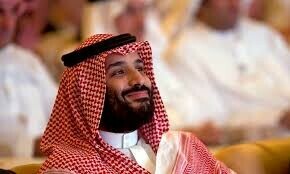Key dates in the decline and break-up of the Union of Soviet Socialist Republics, more commonly known as the Soviet Union. — 1979: Under the leadership of Leonid Brezhnev, the Soviet Union decides to invade Afghanistan, embroiling the country in a damaging guerrilla war against Islamic militants backed by the United States.
— 1982: Brezhnev's death opens the door to reforms.
— 1985: Mikhail Gorbachev becomes Soviet leader and quickly announces policies of reform (perestroika) and openness (glasnost).
— 1987: Dissidents in the Soviet Baltic republics of Lithuania, Latvia and Estonia launch the “Singing Revolution”, mass gatherings where hundreds of thousands revive the banned anthems of their pre—World War II independence era.
— January 1989: The Soviet Union withdraws from Afghanistan after a war that has been deeply damaging both politically and economically.
— March 1989: Democrats from across the Soviet Union win seats in the federal parliament under a new system allowing non—communists to stand.
— April 1989: 20 die when Soviet troops break up an independence rally in Georgia.
— June 1989: Semi—free elections in Soviet satellite state Poland bring down its communist regime.
— August 1989: Two million people link hands across Lithuania, Latvia and Estonia to mark the hushed—up 1939 Nazi—Soviet pact that brought them under Moscow's rule.
— November 1989: Amid rising pressure for more democracy and travel rights among the populations of Soviet—bloc countries, the most striking symbol of the Cold War —— the Berlin Wall —— is opened.
— March 11, 1990: Lithuania becomes the first constituent republic of the Soviet Union to secede, two weeks after its “Sajudis” freedom movement wins parliamentary elections. Other republics follow over coming months.
— January 1991: At least 21 die when Soviet troops attack independence supporters in Lithuania and Latvia.
— June 12, 1991: Boris Yeltsin elected president of Russia, by far the biggest Soviet republic.
— Aug 19, 1991: A coup by hardline communists fails to oust Gorbachev and reverse the break—up of the Soviet Union. Yeltsin plays a prominent role in countering it.
— Aug 24, 1991: Gorbachev resigns as Soviet president. On the same day Ukraine, one of the biggest and most important republics after Russia, declares independence.— Sept 6, 1991: Moscow recognises the independence of Lithuania, Latvia and Estonia.
— Dec 8, 1991: The leaders of several former republics, including Russia, agree that the Soviet Union “no longer exists”.—AFP












































Dear visitor, the comments section is undergoing an overhaul and will return soon.